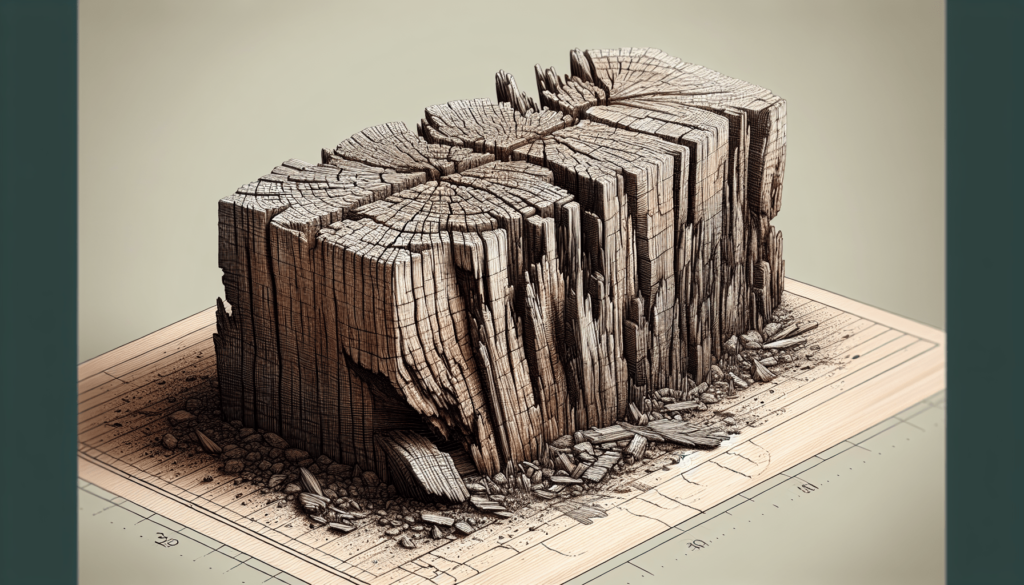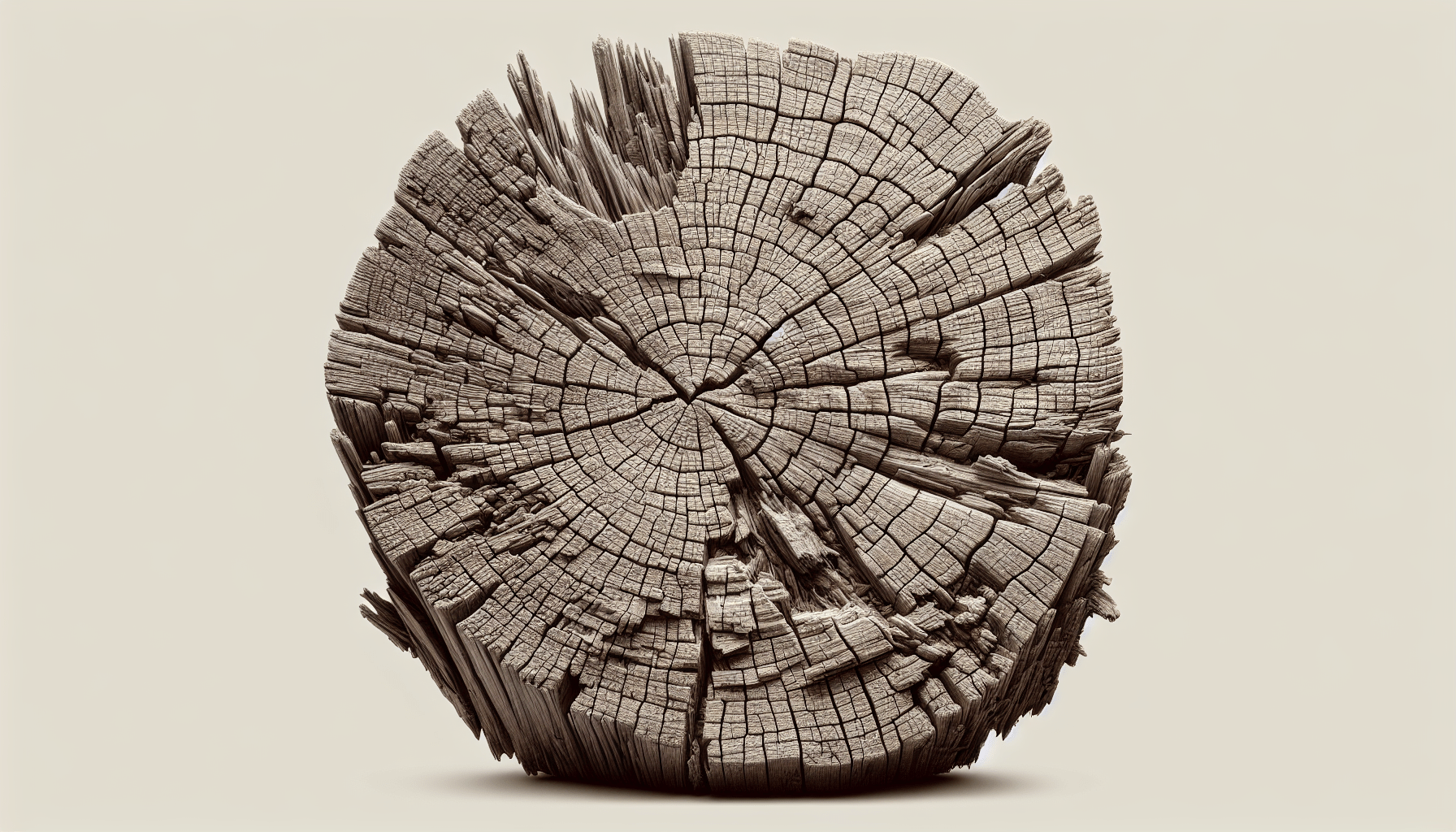When it comes to pyrography, also known as wood burning, the type of wood you choose can make or break your project. From my personal experience, certain woods simply aren’t cut out for the task. Softwoods like pine and cedar, for instance, tend to have uneven grain and resin pockets that can interfere with your burning tool. Additionally, woods with high oil content such as teak can produce excessive smoke and unpleasant odors, making them less than ideal for detailed burning work. Knowing which woods to avoid can save you a lot of frustration and help you create beautiful, lasting art. Have you ever started a new hobby only to realize that there’s an entire hidden universe of “dos and don’ts” you never anticipated? I remember when I first got into pyrography—which, for the uninitiated, is the art of wood burning—you’d think the main challenge would be mastering the technique. But, oh no. Turns out, choosing the right wood is almost an art form in itself. It didn’t take long before I found myself frantically Googling, “What wood is not good for pyrography?”
My survival instinct kicked in when I scorched a piece of wood, filling the room with acrid smoke that left me coughing for days. Not to mention, the final product was an eyesore—not exactly fit for the wall or gifting to anyone I genuinely liked. So let me save you some trouble and tell you all about what wood you should avoid if you’re venturing into the world of pyrography.
Why Wood Selection Matters
The first hurdle in pyrography is picking the right wood. Trust me, not all wood is created equal when it comes to burning designs into it. If you pick the wrong type, you could end up with a botched project, a ruined pyrography pen, or worse, a set of lungs that despise you.
Safety Concerns
First off, some woods release toxic fumes when burned. Did you know that? Because I didn’t. I learned the hard way when I tried burning on a piece of treated lumber. Treated wood often gets infused with chemicals to make it more durable or resistant to insects, and those chemicals can be quite hazardous when inhaled.
Quality of Artwork
The type of wood you use dramatically affects the look of your finished piece. Some woods are grainy and rough, making detailed work difficult and unsatisfying. Meanwhile, some woods have such subtle grain that your design comes out looking flat and lifeless.
Ease of Working
Ever tried to sketch on a slippery piece of veneer? It’s like trying to draw a portrait while riding a roller coaster. Hardwoods may seem appealing because they’re durable, but they can be a nightmare to burn on if you’re just starting out.
Longevity
Lastly, the kind of wood you choose will impact the durability and longevity of your art. Some woods decay faster, while others are prone to cracking or warping over time.
Types of Wood to Avoid in Pyrography
Here comes the nitty-gritty. Let’s talk about which woods you should avoid at all costs if you’re serious about making your pyrography journey a pleasant one.
Treated Wood
Treated wood is a big no-no. It’s been soaked in chemicals to make it last longer outdoors, which sounds fantastic for construction projects but terrible for pyrography. When you burn this wood, the chemicals can release toxic fumes that are harmful if inhaled.
| Wood Type | Reason to Avoid |
|---|---|
| Pressure-treated lumber | Contains toxic chemicals that release upon burning |
Hardwoods
Now, don’t get me wrong. Not all hardwoods are bad for pyrography, but some are just better left for your furniture-making ventures. Hardwoods like oak or hard maple can be extremely difficult to work with, especially for beginners. The dense grain doesn’t take well to intricate detailing.
| Wood Type | Reason to Avoid |
|---|---|
| Oak | Dense grain, difficult for detailing |
| Hard Maple | Extremely hard, tough to burn on |
Softwoods with Resin
Softwoods like pines and firs seem easy to work with due to their softness, but some are resinous. When you burn your design into resinous wood, it can become sticky and difficult to manage. Not to mention, the resin fumes can be a bit harsh.
| Wood Type | Reason to Avoid |
|---|---|
| Pine | Resin can create sticky spots, harsh fumes |
| Fir | Resin can interfere with burning consistency |
Veneers and Plywood
Veneers might look pretty with their smooth surface, but they are incredibly thin and easy to burn through. The layers of plywood, on the other hand, contain adhesives that release toxic fumes when burned.
| Wood Type | Reason to Avoid |
|---|---|
| Veneers | Thin layers, easy to burn through |
| Plywood | Contains toxic adhesives |

Understanding the Grain
Grain matters in pyrography more than you’d think. Some grains are too rough, making it challenging to get a design to look just right. Others are so subtle, they’re almost non-existent. Here’s a cheat sheet to help you understand what to look for.
Open Grain vs Closed Grain
Open grain woods, like oak and ash, have large pores, making it difficult to achieve fine detail. Your pen can catch in the pores, often leading to uneven lines. Closed grain woods, on the other hand, have smaller pores and provide a smoother surface for burning.
| Grain Type | Examples | Why to Avoid |
|---|---|---|
| Open Grain | Oak, Ash | Large pores make detailing difficult |
Grain Direction
Burning with the grain and against the grain can yield different results. Ideally, for fine details, you’ll want to go with the grain. Burning against it can lead to lines that are less crisp and more feathered.
Types of Wood That Are Actually Good for Pyrography
Alright, enough with the negativity. Let’s chat about the woods that you’ll want to stockpile for your projects. Trust me, these are a game changer.
Basswood
Basswood is often the wood of choice for pyrography enthusiasts, whether beginners or seasoned pros. It has a fine grain and a smooth surface, making it ideal for detailed work.
| Wood Type | Reason it’s Good |
|---|---|
| Basswood | Fine grain, smooth surface, easy to burn |
Birch
Birch is another great option. It has a bit more grain than basswood but still offers a fairly smooth texture that takes well to burning.
| Wood Type | Reason it’s Good |
|---|---|
| Birch | Smooth surface, moderate grain |
Poplar
Poplar is relatively soft and has a closed grain, making it easier to burn than some other hardwoods. Plus, it’s often more affordable than basswood or birch.
| Wood Type | Reason it’s Good |
|---|---|
| Poplar | Soft, closed grain, affordable |

The Do’s and Don’ts of Wood Preparation
Before you dive into burning your intricate designs, there are a few preparatory steps you need to take. Trust me; it’s worth the extra time.
Sand It Down
Wood burns best when it’s smooth. Use fine-grit sandpaper (around 320 grit) to sand your piece. The smoother the surface, the easier it will be to burn clean lines without interruptions.
Test Your Pen
Always test your pyrography pen on a piece of scrap wood before diving into your main project. This will help you gauge the wood’s reaction to heat, which can vary depending on its type and grain.
Clean the Surface
It might sound silly, but dust or small debris on your wood can disrupt your burning process. Wipe down the surface with a damp cloth and let it dry completely before starting.
Troubleshooting Common Problems
Nobody likes to talk about their failures, but learning from them is one of the best ways to improve. Here are some common issues you might face and how to address them.
Uneven Lines
Sometimes you get those irritating uneven lines that make your design look like it’s been through a minor earthquake. This usually happens due to the wood grain or inconsistent speed. To fix this, try moving your pen more slowly and steadily.
Burn Marks Around the Design
If you notice burn marks around your design, it usually means you’re pressing too hard or staying in one spot for too long. Lighten up the pressure and keep your pen moving.
Smoke and Fumes
If you’re battling with excessive smoke, it’s probably because you’re burning on the wrong type of wood or your pen is set too high. Adjust the temperature and make sure you’re using wood that’s safe for burning.
Health and Safety Tips
Let’s face it, nobody looks cool wearing a mask. But in the world of pyrography, safety should never take a back seat. Here’s how to protect yourself:
Ventilation is Key
Always work in a well-ventilated area. Open windows, turn on fans, do whatever it takes to ensure that the fumes don’t get trapped in your workspace.
Wear a Mask
Consider wearing a mask, especially when working with any wood that might have been treated or contains sap.
Eye Protection
Small wood particles can become airborne while burning. Eye protection can save you from irritation or more severe eye injuries.
Keep a First Aid Kit Handy
Accidents happen. Keep a small first aid kit nearby, just in case. We’re talking about small burns, minor cuts, the usual hazards of working with heat and tools.
Ethical Considerations
In this age of environmental consciousness, let’s not forget the ethical angle. Choose sustainably sourced wood whenever possible. Many suppliers offer FSC (Forest Stewardship Council) certified wood, which ensures it was harvested responsibly.
Avoid Exotic Woods
While it’s tempting to use exotic woods for their unique grains and colors, these often come from areas where deforestation is a significant issue. Stick to locally sourced, renewable woods like the kinds I’ve mentioned earlier.
Recycled and Reclaimed Wood
Better yet, use recycled or reclaimed wood. Not only are you saving it from the landfill, but you’re also giving it a second life. Just make sure it hasn’t been treated with chemicals.
The Final Verdict: What Wood is Not Good for Pyrography?
So, what wood is not good for pyrography? It boils down to a few simple rules. Avoid treated woods, overly hard or resinous woods, and those with lots of grain inconsistencies. Stick to user-friendly options like basswood, birch, or poplar for the best results.
In my pyrography journey, selecting the right wood was the game changer. It’s the difference between a laborious, frustrating experience and an enjoyable, almost meditative one. Trust me, once you get the hang of wood selection, you’ll find the whole process much more rewarding.
And there you have it! Everything you need to avoid the pitfalls of picking the wrong wood for your pyrography projects. So go on, grab that perfect piece of wood, and let your creativity burn! (Pun totally intended.)

